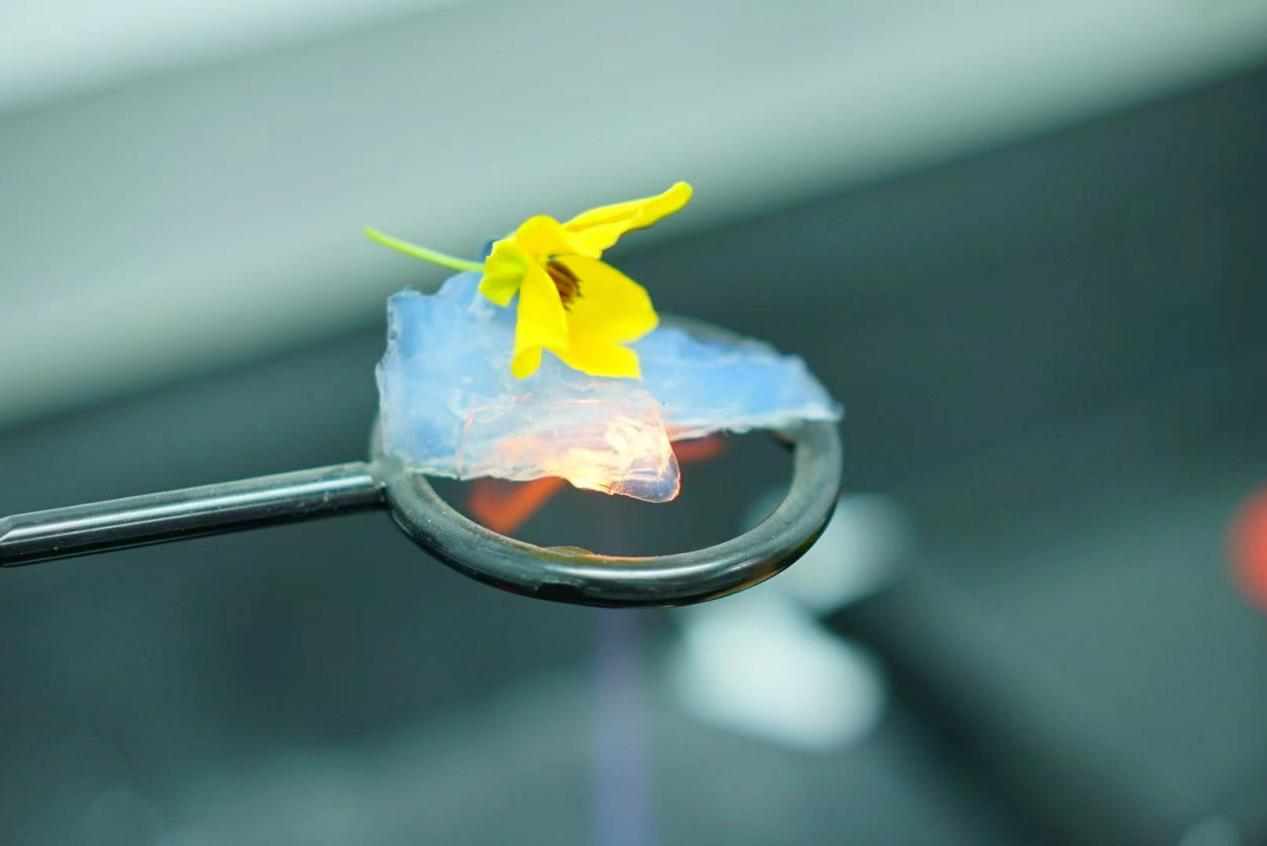Hits: 158 img
1. Introduction
Silica and aerogel are two common materials that are widely used in industry and scientific research. Although they both have unique physical and chemical properties, there are obvious differences in the production process, structural characteristics and application fields. This article will explore the difference between silica and aerogel in depth, and provide readers with an encyclopedic analysis of these two materials.
2. The production process of silica
1. Raw material selection and pretreatment
The main raw material of silica is carbon black, and its common sources include graphene, rubber products and petroleum processing byproducts. During the production process, the raw materials need to be pretreated, including high temperature treatment, physical, chemical or mechanical treatment, etc., to change their particle morphology and surface properties.
2. Hardening and activation
The pretreated raw materials are sent to the furnace for hardening treatment. The impurities and volatiles in the raw materials are removed by high temperature treatment to obtain pure silica. Subsequently, the hardened material can be further improved by activation treatment to improve its pore structure and specific surface area.
3. Post-treatment and fine control
In the process of producing silica, post-treatment is also required to control its physical properties such as particle size, density and adsorption performance. Through fine control, silica with specific particle size and pore structure can be obtained.
![]()
III. Characteristics and application fields of silica
1. Physical properties
Silica has extremely high specific surface area and porosity. Its particle size is generally small and its shape is diverse. It can be spherical, fibrous or flaky. It has good dispersibility and adsorption properties and is widely used in rubber, plastics, coatings, inks, cosmetics and other fields.
2. Chemical properties
Silica often has functional groups on its surface and has strong lipophilicity and hydrophilicity. It can undergo adsorption reactions with organic and inorganic substances to change the properties of the material. At the same time, it also has good catalytic properties and plays an important role in catalytic reactions.
3. Application fields
Silica is widely used in whitening, strengthening, UV resistance and other aspects in the rubber and plastic industries. In coatings, inks and paints, silica can adjust gloss and viscosity, improve the adhesion and durability of coatings. Silica is also used in the cosmetics field for thickening, lubrication and adsorption.
IV. Aerogel production process
1. Sol preparation
The main preparation method of aerogel is the sol-gel method. A uniformly dispersed sol system is prepared by mixing solvents and solutions. The sol contains stable colloidal particles, which can be metal oxides, polymers, carbon nanotubes, etc.
2. Gel formation
Gel formation is the process of a sol system from liquid to gel state. Under appropriate conditions, the colloidal particles in the sol will aggregate and cross-link to form a network structure. The gel formation process is called gelation, and common methods include solvent evaporation, gel forming, and gel polymerization.
3. Gel curing
After the gel is formed, it needs to be further cured to make it a solid aerogel. Curing methods include supercritical drying, chemical curing, heat treatment, etc. Control is required during the curing process to control the pore structure and specific surface area of the aerogel.
